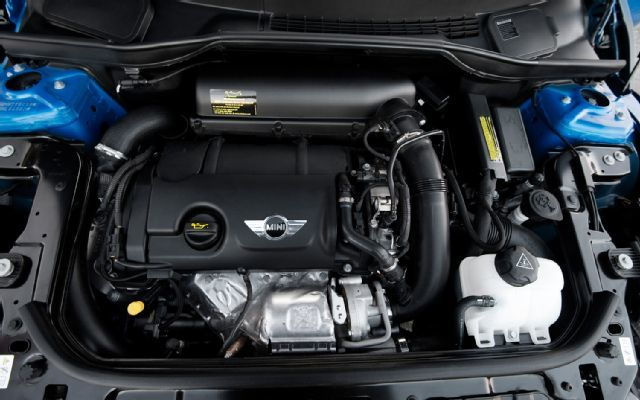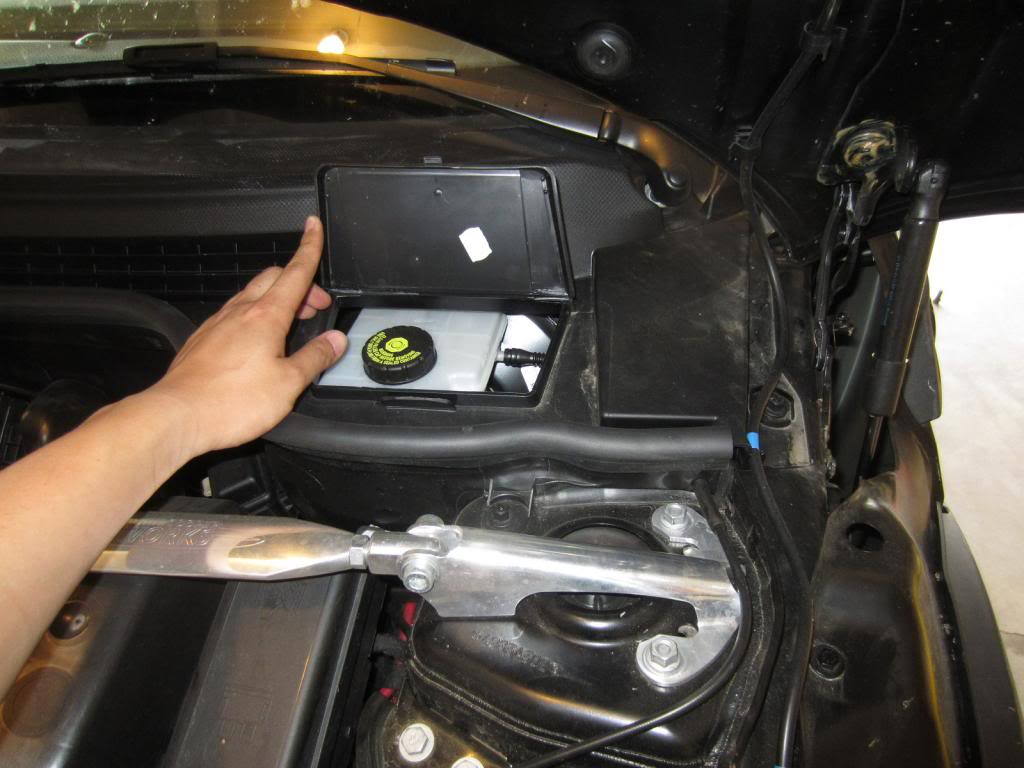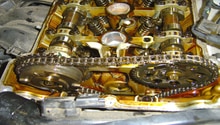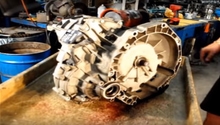Mini Cooper 2007-2013: General Information and Recommended Maintenance Schedule
Whether you are in the market for a Mini Cooper or you already own one, this guide will shine some light on it and show you how to properly maintain it.
This article applies to the Mini Cooper (2007-2013).
The Mini Cooper is a fun car, but without properly knowing how to maintain it, it won't be fun forever. If you are in the market for a second generation Mini Cooper, this guide will shine some light on it so you can make the best decision for you and your needs. Properly maintaining your Mini Cooper is critically important if you want it to live with you for a long time without too many issues. If you want to learn about the second generation Mini Cooper or you want to learn about the maintenance schedule for it, then read on to get all the information you need.
Powertrain Changes
The engines were all new for Mini, with the base model Cooper using a 1.6L naturally-aspirated four cylinder engine, producing 118 horsepower and 118 ft/lb of torque, and the more sporting Cooper-S model featuring a 1.6L turbocharged engine producing 173 horsepower and 178 ft/lb of torque, with an "overboost" feature between 1700-4500rpm in 3rd, 4th and 5th gears that cranked up the boost in the mid-range and upped torque to 192 ft/lb. Either engine configuration is available with a six-speed manual, or a conventional six-speed automatic, replacing the problematic continuously variable automatic transmission used in the earlier cars.

Accommodations, Features and Other Changes
The "R56" generation Mini saw a 2.4 inch stretch in overall length, the majority of which can be noticed in terms of cabin space, especially in the back seat area. Width and height were largely unchanged from the earlier R50/53 generation cars. The updated body and chassis carry about a 50 to 100lb weight penalty, depending on your specific model, but the car is still a featherweight, coming in well under 2700lbs on even the heaviest models.
For such a compact vehicle, the Mini fares well in crash tests. The United States-based IIHS rates the second generation Mini as having "good" front impact and restraint protection, while its side impact and roof strength are rated as "average." Euro NCAP gave the Mini a 5-star (out of 5) safety rating for adult occupants, a 3-star rating for child occupants, and a 2-star rating for pedestrian collision safety.

Basic Maintenance
The most basic maintenance comes at 5,000 miles or less. This maintenance include replacing the engine oil, and engine oil filter. BMW/Mini advises that a 10-15,000 mile service interval can be used, but there have been detailed reports of excessive engine consumption and general engine wear-related issues with cars that follow this high mileage interval. The engine oil is designed to work as a lubricant to protect the internal parts of your engine. Regular oil changes are cheap insurance that can prevent permanent engine damage.

20,000 to 40,000 Miles
Mini advises that brake fluid should be replaced every two years, or sooner, based on mileage. As brake fluid ages, it becomes increasingly prone to boiling over under hard braking, which can seriously reduce available braking pressure.
Inspection of the serpentine belt, all vital fluids, suspension bushings and general under-chassis check up is highly advised at this point.

40,000 to 100,000 Miles
Along with your regular oil changes, this period of vehicle ownership may require some additional basic service. The BMW/Mini engines tend to need spark plugs at some point in this period. If your vehicle develops a misfire, it is likely your plugs. Alternatively, ignition coils (atop the plugs) can age or fail, also leading to misfires. If your Mini has a misfire, it will display a check engine light on your dash. Have the check engine light checked, and it will indicate which cylinder the misfire is occurring in. Swap the coils around and see if the misfire follows the coil. If that is the case, it's time for new ones. Coils can be replaced individually if need be.
Additionally, turbocharged Mini engines tend to chew through oxygen sensors. Looking at the picture below, you can see that the sensor is located just before the turbocharger, which gets immensely hot under normal use, and can be the cause of premature sensor failure. Fortunately, for about $100-200, and about 10 minutes of your time, replacement is a cinch.
BMW/Mini state that transmission fluid and coolant are "lifetime" fluids, but independent testing is proving otherwise, kind of like every other car ever. For manual transmissions, servicing them is easy, change the fluid annually and consider it $20 well spent. For automatic transmissions, changing the fluid around the 60-80,000 mile mark is highly recommended. It's a bit more involved than the manual, but consider how much cheaper and easier it is than replacing the transmission. Radiator coolant should be changed once every three to four years, or at least every 100,000 miles; in this specific instance, we recommend that you only use BMW/Mini OEM coolant, mixed with distilled water.

Related Discussions
- Maintenance Intervals - NorthAmericanMotoring.com
- Maintenance Schedule - NorthAmericanMotoring.com
- Buying Used Mini Cooper - NorthAmericanMotoring.com






